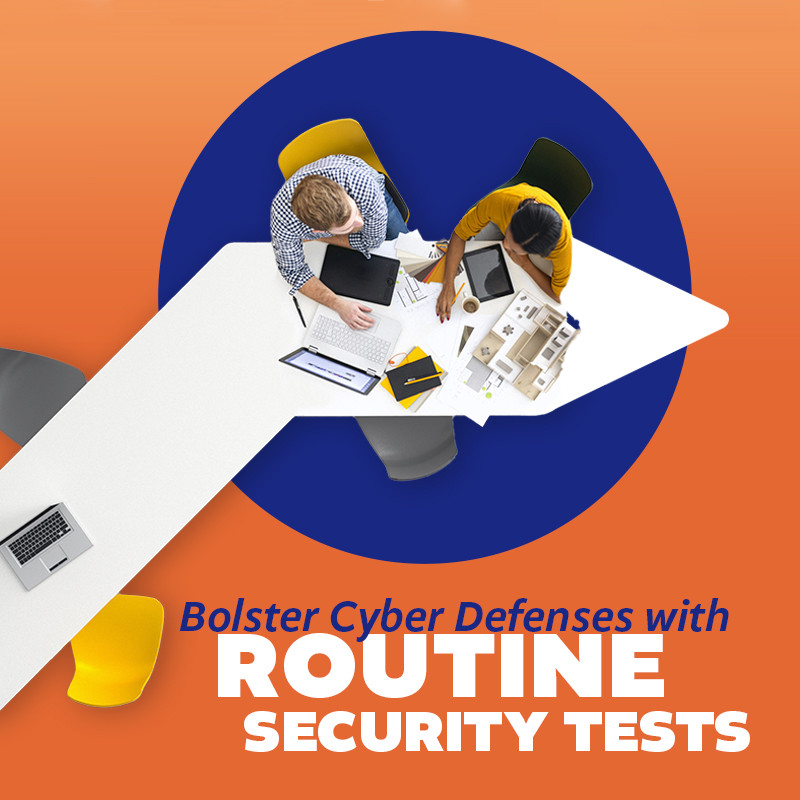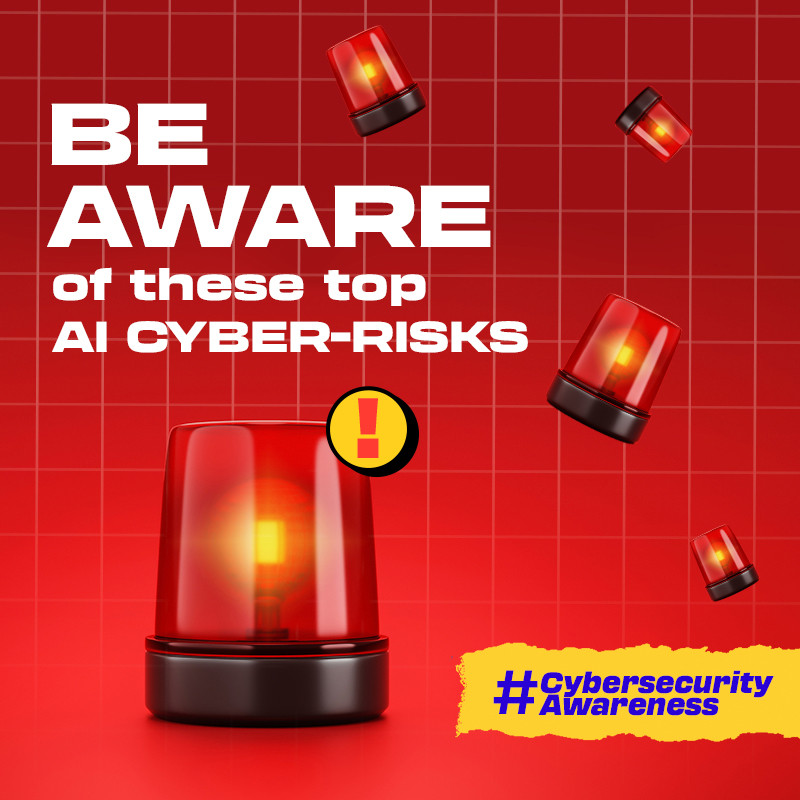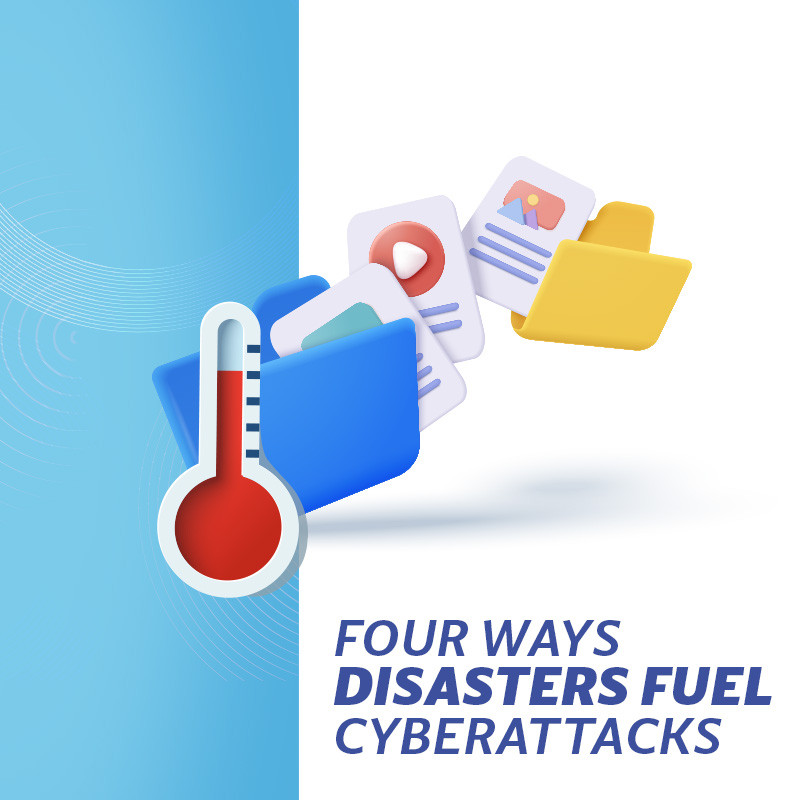In late February, NIST (National Institute of Standards and Technology) released the NIST Cybersecurity Framework (CSF) 2.0, a considerable update since its creation in 2014. To help our cybersecurity community and businesses digest the changes, Mike Miller and a team from Appalachia Technologies recently held a lunch and learn webinar. The webinar provided a mixture of voices and perspectives. After the event, we asked each member of the panel for their thoughts on what’s most important about NIST CSF 2.0 and the discussions that came from the webinar.
Appalachia Technologies Blog
Are you prepared to face a cybersecurity breach, a natural disaster or a system failure?
Such disruptive events can strike at any moment, causing chaos and confusion.
But don’t worry. With an effective incident response plan in place, you can handle any incident with confidence.
This blog is intended to help you enhance your plan simply and straightforwardly. So, let’s dive in and make sure you’re ready for whatever comes your way.
The NIST (National Institute of Standards and Technology) Cybersecurity Framework, developed in early 2014, is a framework widely respected and used across organizations in the United States. Over the years, revisions have been made – version 1.1 was drafted in 2017 and adopted in 2018, and talk around a more significant update in the form of 2.0 began sometime in 2023. And finally, this February the NIST CSF 2.0 was officially released – so what does this even mean? And why does it matter?
Worried about cyberattacks hitting your business? You're not alone.
Cyberattacks pose a real danger to businesses like yours and without a solid incident response plan, your business won’t be able to recover quickly, resulting in extensive losses. The good news, however, is that an incident response plan can help.
Through this blog, we’ll show you the common mistakes, myths and misconceptions that can stop you from building a strong response plan. We’ll also share simple solutions that will help you safely navigate cyber challenges.
In late February, the CISO Masterminds met for the Spring Summit Event in Hollywood, Florida. Founded by Jason Starr, CISO Masterminds gathers CISOs from across the nation to provide opportunities for deep conversation and exchange that ultimately allow CISOs to better serve their organizations. Appalachia has been honored to be afforded the opportunity to participate in events and serve as expert speakers.
In today's business landscape, data isn't just power -- it's the very lifeline that fuels business decisions, drives innovations and shapes strategies. However, businesses often find it difficult to effectively manage the vast amounts of data they hold, and that's where data management comes into play.
Simply put, data management is all about collecting, storing and analyzing data in the most efficient way possible to help businesses like yours make informed decisions, optimize operations and unlock invaluable insights.
In the world of business, your data holds the key to understanding customers, market trends and internal operations. Making the most of this information is crucial for improving customer experience, driving innovation and enhancing overall productivity.
You can unlock the full potential of your digital data with efficient data management and data governance.
 I started writing SSP’s (System Security Plans) well before the original Executive Order mandated deadline of December 31st 2017 and have since written at least 50 SSP’s for defense contractors of every imaginable type and size. There wasn’t a lot of guidance on how to do this at that time, other than to have a very thorough and complete understanding of the nearly 500-page NIST 800-53 framework.
I started writing SSP’s (System Security Plans) well before the original Executive Order mandated deadline of December 31st 2017 and have since written at least 50 SSP’s for defense contractors of every imaginable type and size. There wasn’t a lot of guidance on how to do this at that time, other than to have a very thorough and complete understanding of the nearly 500-page NIST 800-53 framework.
In your city or town, you know that stretch of road or highway that feels like it has been under construction for 10 years? In many ways, the development of CMMC can feel like it too is marked with orange cones and will be underway for years. From the most significant change of CMMC 1.0 (the OG version) to the November 2021 update to CMMC 2.0, to even the CMMC-AB name change to The Cyber AB, new information seems to keep coming with timelines shifting. While The Cyber AB holds monthly Town Hall webinars to share updates, the DoD and various vendors are also sharing out information via webinars. Recently, PreVeil, a DoD supplier, along with members of the Manufacturing Extension Partnership, hosted a webinar with DoD leaders Stacy Bostjanick (DoD CMMC Program Head) and Dave McKeown (DoD CISO) to review recent updates and timelines.
Businesses today face a range of cybersecurity threats, from social engineering attacks like phishing to sophisticated ransomware. For business leaders like you, protecting your network is crucial since it is the lifeline of your business. Any vulnerability in your network can compromise your sensitive data, operational integrity and stakeholder trust. That's why you must understand and address these threats through proactive measures, such as routine security scans and network testing.
In this blog, we'll discuss the role of a robust network and demystify network testing intricacies.
Is your business prepared to confront today’s growing cybersecurity threats?
Although adopting the latest technologies and industry trends is undoubtedly crucial, it is equally important to ensure that your business has the best cyber liability insurance. Think of it as an invisible shield protecting your business from devastating losses. However, to harness its full potential and ensure robust protection, it is critical to have a nuanced understanding of it.
In the current digital environment, where cyber threats are commonplace, it makes perfect sense to have cyber liability insurance. However, just having a policy in place doesn’t guarantee a smooth claims process.
In today’s rapidly evolving digital landscape, where cyberthreats and vulnerabilities continually emerge, it’s obvious that eliminating all risk is impossible. Yet, there’s a powerful strategy that can help address your organization’s most critical security gaps, threats and vulnerabilities — comprehensive cyber risk management.
Social media has significantly transformed the way we communicate and do business. However, this growing popularity also comes with potential risks that could cause harm to businesses like yours.
Unfortunately, many organizations remain unaware of these rapidly evolving challenges. In this blog, we will explore the dangers associated with social media and share practical tips to safeguard your organization’s reputation and financial stability so that you can safely reap the benefits of social media platforms.
Phishing scams remain one of the most prevalent and successful types of cyberattacks today, so being aware of the danger they pose to businesses like yours is extremely crucial. Your business could easily be the next victim if you don't clearly understand how threat actors leverage phishing emails.
In this blog, you'll learn the intent behind phishing emails, the various types of phishing attacks, and most importantly, how you can secure your email and business.
The rise of AI has sparked a revolution. Everyone, from industry giants to smaller enterprises, is captivated and eager to leverage AI’s endless possibilities.
However, amid the celebrations of AI’s merits, let’s not ignore its potential risks. A new array of cyberthreats emerges when intricate AI algorithms cross paths with malicious cyber elements. From AI-powered phishing schemes to ultra-realistic deepfakes, these dangers serve as a reminder to stay vigilant and prepared.
Your business, in all likelihood, already faces numerous challenges in today’s tech-driven world. However, the aftermath of an unexpected disaster can push your organization to breaking point. This unintentionally creates opportunities for cybercriminals to launch devastating attacks, amplifying the chaos caused by such events.
In today’s rapidly evolving threat landscape, employee cybersecurity training is crucial. It acts as the frontline defense against cyberattacks, empowering your workforce to identify and mitigate potential threats. However, to ensure the effectiveness of your training program, you should take all the steps necessary to avoid common mistakes that can undermine your efforts.















